A quick reminder: throughout the month of October, I’m offering a 20% discount for paid subscriptions. You can always read my posts for free, so the only incentive I can offer is my appreciation and gratitude; you’ll be doing a good deed and that always feels good — you’ll see! Here's the link.
And now, let me tell you about an adventurous journey which couldn’t happen nowadays.
Well, it WAS a different century. And it WAS over 50 years ago. But I wonder: does technology currently advance at an unprecedented rate? Or did people who grew up during the transition from horse-drawn carriages to motor cars and steam-powered trains also marvel at the profound changes during their lifetimes?
Besides the fact that certain parts of the trip (like Afghanistan) are considered unsafe by most governments, and that personally, I would not want to spend any time in Iran, the main difference between then and now has to do with technology.
Consider the vehicle that I drove: an old VW camping bus. I don’t remember what year it was built, probably before 1965. Of course, it was a stickshift, but this was no problem because that’s all there was when I learned how to drive. Automatic transmissions didn’t become widespread in Europe until the 2000s. No power steering, no air condition system, windows had to be rolled down and up manually, and the engine – well, driving uphill was always somewhat of a struggle as one slowed down considerably. I doubt that many of you, my dear readers, have ever experienced such a mode of transportation…
But there’s more, of course.
Some of it was kind of fun: because the European Union didn’t exist yet, each country had their own currency, and German Marks needed to be exchanged for Swiss Francs, Italian Lire, and I don’t remember what the money in then-Yugoslavia, Greece, and Turkey was called – but I looked it up. Yugoslavia had Dinars, the Greek had Drachma, and in Turkey, you still need the Turkish Lira to buy something, but its value has plummeted considerably over the last six years (if you ever wanted to visit Turkey, now is a good time). I liked all these different denominations, but one had to stop at each border and exchange some money. Come to think of it: one had to stop at each border anyway and show a passport or ID. When we crossed the border into Italy, the customs officials saw some boxes with art materials: brushes, sketch blocks, watercolor paint etc., and they welcomed us with: “Artisti!”
Credit cards didn’t exist, either – at least, not in Europe. Everything had to be paid in cash. One had to buy Traveler’s checks, usually from American Express which had offices all over Europe and Asia.
Next, one had to procure an ample supply of physical maps. I wish I still had mine, but they usually started to disintegrate after a while. Because one had to unfold and fold them so often, the creases soon became brittle and started to tear. Actually, once we were past Istanbul a map wasn’t all that essential any more because there were few roads. There was only one highway going east. But driving through small cities, especially in India – even with maps, it was a nightmare. A mobile phone with a friendly voice which tells you when to make a turn – we didn’t even dream of something like this.
Alright, enough of the preamble. If I remember correctly, we left Germany sometime in the middle of October of 1970. We: the then-boyfriend, another male friend who was heading for India and shared the gas expenses, and I. This friend wanted to get there as fast as possible, which meant that we often drove at night as well as during the day. One of us would drive, another one would stay alert and keep the driver company, while the third could rest or sleep. Even so, if I remember correctly, it took us until the end of November to cover the over 6,000 miles from Munich to India.
For a reason that I will write about some other time, I was not allowed to enter Austria; if I did and would get caught, I’d have to spend six weeks in jail. Believe me, I was not a criminal, but we had to take a detour through Switzerland to get to Italy. We drove to Venice almost non-stop, the only time I ever visited. We found a spot on a deserted beach near-by and we spent a few hours stretching our legs and getting clean. Actually, that wasn’t so easy: because of the salty water normal soap doesn’t lather. Instead of producing the nice, foamy suds that one expects, the soap almost felt like grease, and it didn’t wash off easily. We got clean just with the sea water.
This had to last until Istanbul. After driving through former Yugoslavia and northern Greece, we crossed the Bosporus on a ferry – in 1970, there were no bridges spanning the strait which connects the Sea of Marmara and the Black Sea. When we got off the ferry, we were officially in Asia – a memorable moment!
There were no skyscrapers yet in Istanbul, but I doubt that the Sultanahmet, the Old City, had changed much. We visited the Hagia Sophia, a Greek Orthodox cathedral dating back to the 4th century. When the Ottoman Empire captured Constantinople (as the city was known until 1930) in 1453, the church was converted into a mosque. It remained so until the Ottoman Empire was defeated in World War I. After Turkey became a republic, the Hagia Sophia was turned into a museum, and it was open to travelers when we were there.
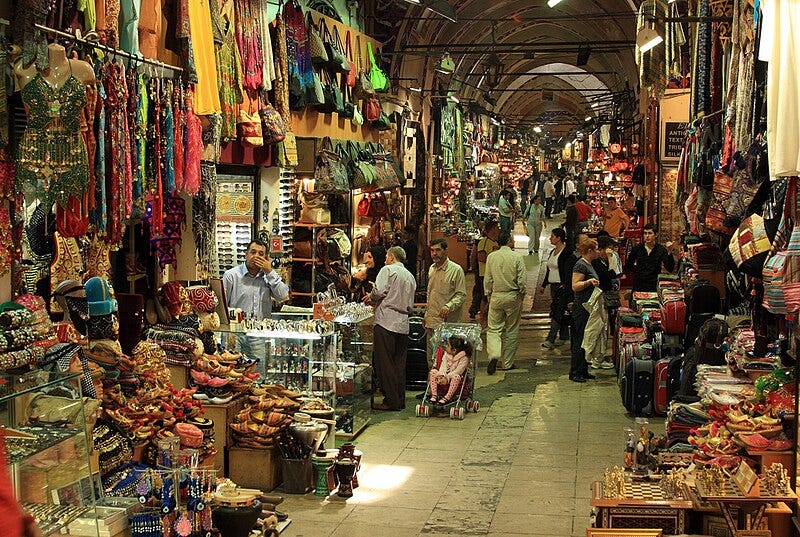
The Grand Bazaar, in the old part of the city, gave us the first taste of being in Asia. The colors, sounds, sights – this certainly wasn’t Germany any more! Suddenly it became real, we were on an adventure journey into the unknown. Every sense of my body woke up to something new, excitingly unfamiliar. I loved the fact that I couldn’t understand the language, couldn’t read the signs, and often had no idea what something was for.
The highlight of our short time in Istanbul was the visit to a Turkish Bathhouse or hammam. After driving for days without being able to take a shower, this was simply heavenly. I don’t remember much of the building except that it was spacious and had marble floors and walls. Men and women had separate sections, and after I had entered and taken off my clothes several Turkish women descended on me and washed and scrubbed and massaged me until I felt completely reborn. I couldn’t understand a word they said, but that didn’t matter because their vigorous warmth enveloped me and made me feel so safe, so at peace, as only a very young baby can be. They wouldn’t let go of me until my skin was glowing and pink. Unforgettable.
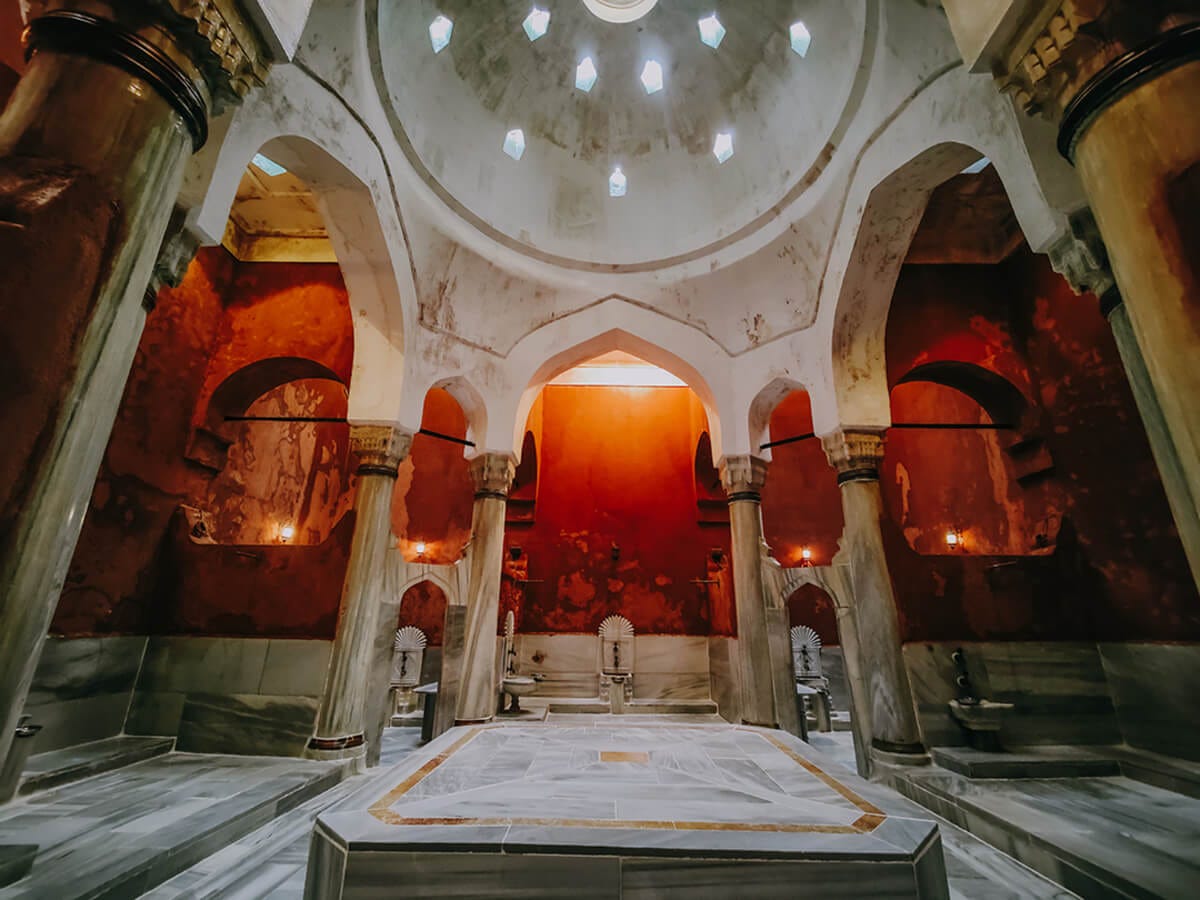
More in a few days.






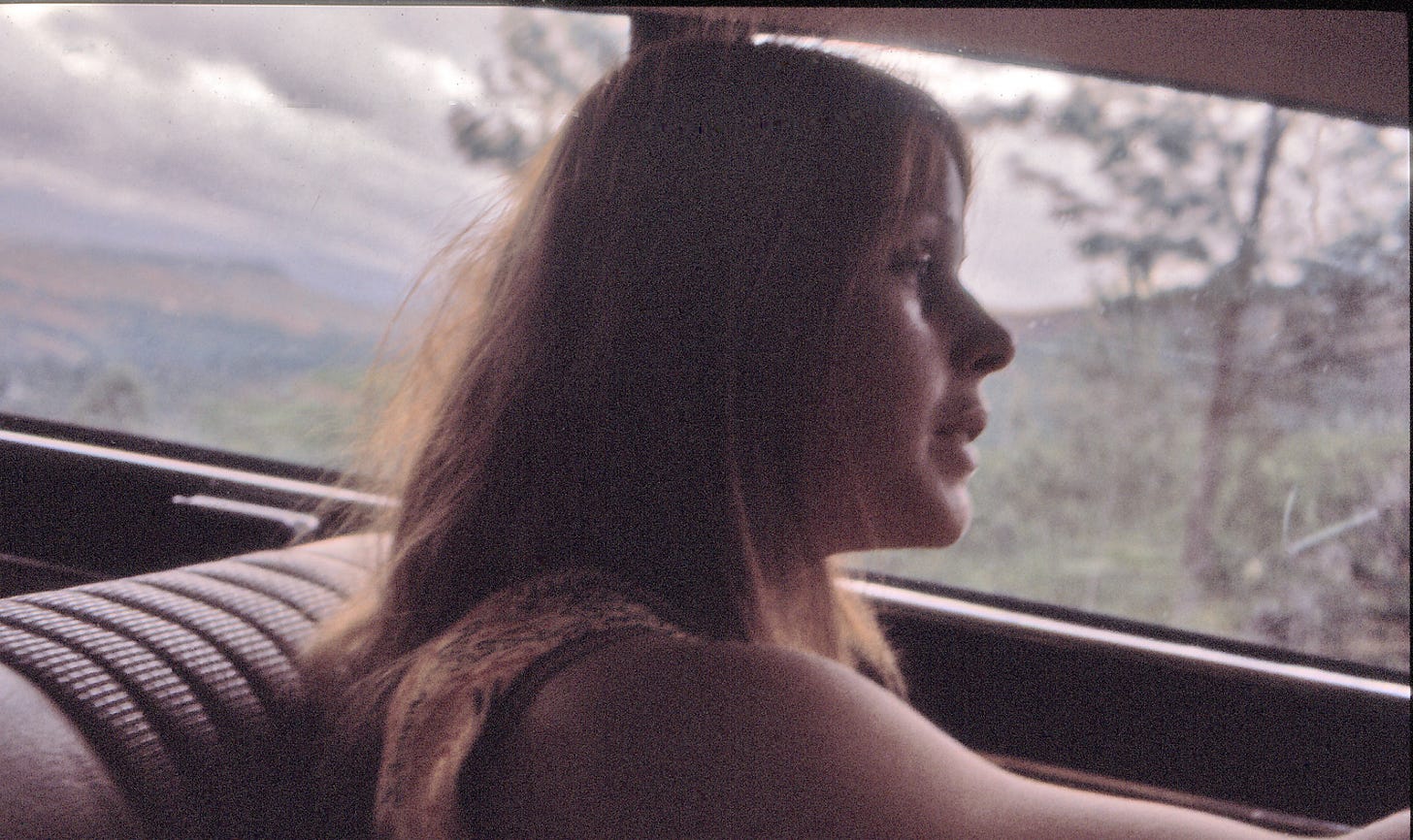
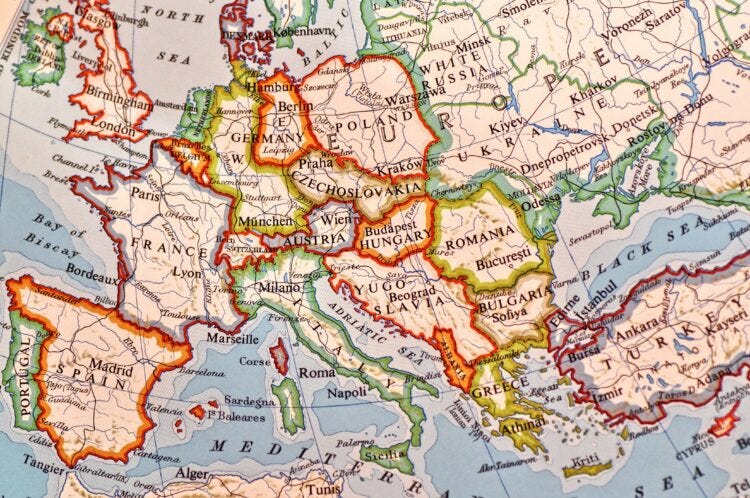
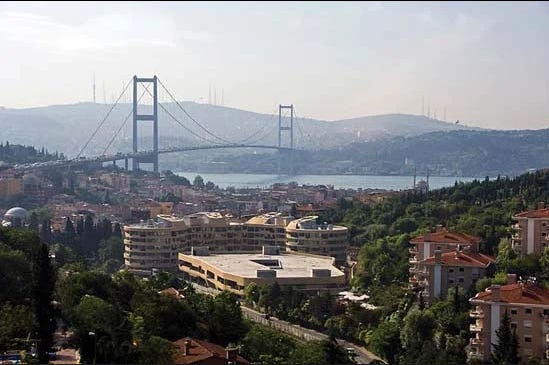
That is just a wonderful saga to follow. I made a trip from Athens to London in 1979 by bus non stop and back again a few months later. Passing through the Slavic countries still behind the iron curtain was really a strange time. You could feel the animosity. I look forward to the next part.